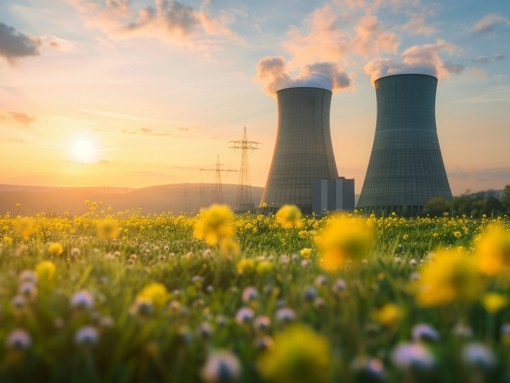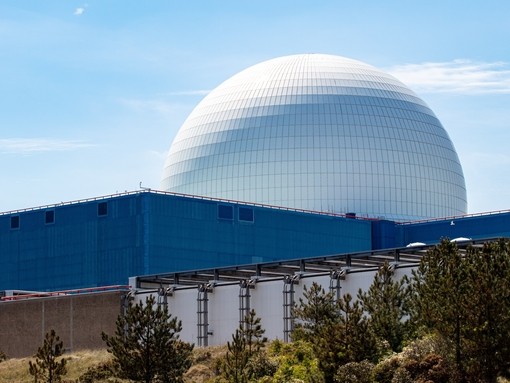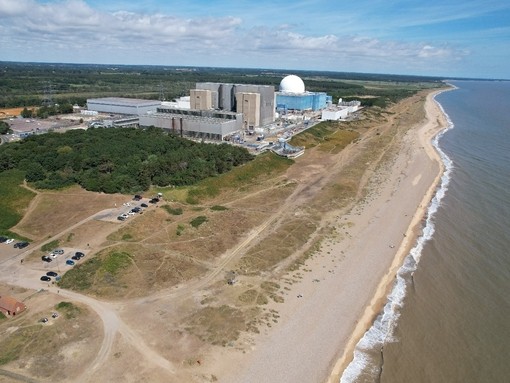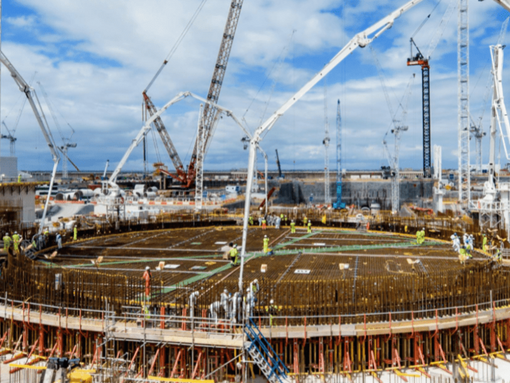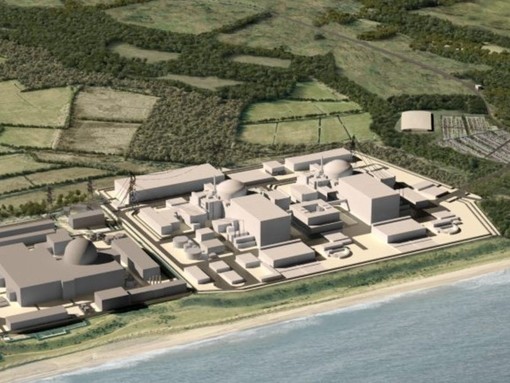
Gone, fission? The breakthrough that’s moving us closer to nuclear fusion
Late in 2022, scientists made a tentative, yet huge breakthrough towards a radical new future for nuclear energy generation.
In the race for renewable and clean energy, one of the major pieces of innovation the industry has been driving towards is nuclear fusion.
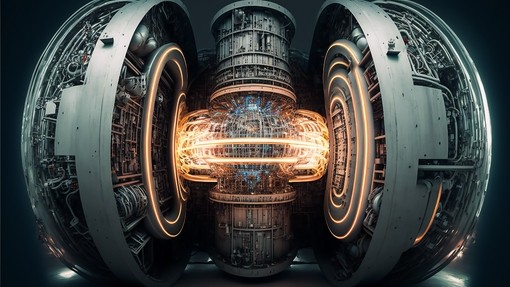
Scientists at the US National Ignition Facility in California have made a breakthrough in achieving energy gain from a nuclear fusion reaction, with the experiment producing more energy than was pumped in, part of a series of experiements taking place around the world in the pursuit of nuclear fusion energy production.
The breakthroughs in nuclear fusion energy
In the quest for clean and limitless energy, scientists have long pursued the holy grail of nuclear fusion. This revolutionary process, mimicking the power of the sun, has the potential to transform our energy landscape by providing an abundant, safe, and sustainable source of power. Recent breakthroughs in nuclear fusion research have propelled us closer than ever before to harnessing this incredible energy source, opening up a new chapter in the history of humanity’s energy revolution.
Until recently, achieving controlled nuclear fusion on Earth has been a huge challenge due to the extreme conditions required, with fission the only nuclear energy production technique used in nuclear new builds. Scientists have explored various approaches, with the most promising until now being magnetic confinement fusion and inertial confinement fusion.
Magnetic confinement fusion involves using powerful magnetic fields to control and confine the hot plasma, consisting of hydrogen isotopes, within a magnetic chamber called a tokamak. The tokamak is designed to create conditions of immense temperature and pressure, allowing the fusion reaction to occur. Significant progress has been made, with projects such as the International Thermonuclear Experimental Reactor (ITER) in France aiming to achieve a sustained fusion reaction and produce net energy within the next decade.
Researchers from Oak Ridge National Laboratory (ORNL), Princeton Plasma Physics Laboratory (PPPL), and Tokamak Energy Ltd also made a significant breakthrough. The team achieved temperatures of nearly 100 million degrees Celsius in a compact tokamak, in a world-first result.
Inertial confinement fusion, on the other hand, focuses on compressing fuel pellets using intense laser beams or particle beams. This rapid compression causes the fuel to reach the necessary conditions for fusion. Recent advancements in laser and particle beam technology have allowed for more precise and efficient compression, bringing us closer to achieving ignition—the point where the energy released from fusion exceeds the energy input, such as the test in California.
The National Ignition Facility (NIF) uses almost 200 laser beams inside a room roughly the size of a football stadium to initiate nuclear reactions. The lasers are focused at the small pellet of fuel and the energy released from the reaction equated to be more than the energy put in.
The benefits of nuclear fusion over fission
There are many benefits of nuclear fusion energy production over the current standard of nuclear fission.
One of the loudest voices in opposition to nuclear fission generation concerns the by-products. These are highly radioactive and have huge half-lives, meaning they are dangerous for a very long time. Nuclear fusion is different.
Firstly, it’s abundant and sustainable. Fusion power relies on a nearly inexhaustible fuel supply—deuterium and lithium, which are found in abundance in seawater and the Earth’s crust. With estimated fuel reserves that could last for millions of years, fusion offers a virtually limitless energy source, free from concerns of resource depletion.
Unlike nuclear fission, which generates hazardous radioactive waste, fusion reactions produce no long-lived radioactive by-products. Fusion power plants would emit no greenhouse gases or air pollutants, significantly reducing the environmental impact and mitigating against climate change.
Furthermore, fusion reactors have built-in safety features, making the risk of accidents or meltdowns much smaller than with fission reactors, and fusion reactions are not self-sustaining, meaning a disruption would cause the reaction to cease naturally.
The development of fusion technology also has the potential to create a new industry, spurring innovation, job creation, and economic growth. Investments in research, construction, and operation of fusion power plants would have long-lasting positive impacts on economies worldwide, creating dozens of jobs in nuclear energy.
The recent breakthroughs in nuclear fusion research have brought us to the brink of a new era in energy production—one where clean, safe, and virtually limitless power is within our grasp.
Nuclear fission new-builds
It’s important to note that while these innovations in nuclear fusion technology are huge steps forward, they’re by no means imminently on the horizon. The technology is still in its infancy, which means that in the short to medium term, nuclear fission is here to stay.
One such nuclear new build project on the horizon is Sizewell C. Developed by EDF Energy in the south east of the UK, the plant is planned to have a capacity of 3.2GW and will generate power for six million UK homes at the peak of its performance, helping reduce the country’s reliance on fossil fuels.
Similar to its sister project at Hinkley Point C, not only will Sizewell C provide a significant boost to our energy capabilities, it will also provide a significant amount of jobs in nuclear in the area.
The construction and operation of the plant will create around 25,000 job opportunities, peaking at around 5,600 jobs during the construction phase. These jobs will include engineering, construction, management, and administration roles.
Jobs at Sizewell C offer a range of opportunities for skilled and experienced workers who will each play a part in delivering clean, affordable, and sustainable energy for all.
Our recruitment for Sizewell C jobs is currently underway, and we are seeking a range of roles across various disciplines, including engineering, project management, construction, and environmental management. Click here to view our jobs


